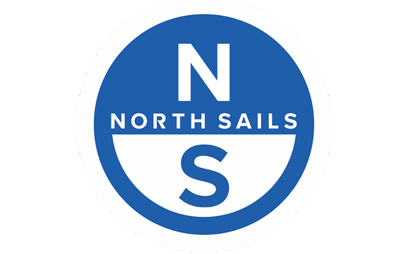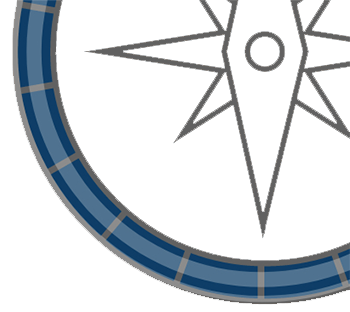
Race to the Edge : Argo and Zoulou Prepare for RORC Transatlantic Race


When the start gun fires in Lanzarote for the 2026 RORC Transatlantic Race on January 11, two of the most extraordinary offshore racing machines will once again go head-to-head across the Atlantic.
The MOD70 trimarans Argo and Zoulou, skippered by Jason Carroll and Erik Maris respectively, are capable of sustaining speeds of more than 35 knots. Between them, they have set records, crossed oceans, and rewritten the limits of human endurance.
---Gallery-36.jpg) Jason Carroll & Erik Maris © RORC
Jason Carroll & Erik Maris © RORC
This time though, there’s a twist, the 2026 RORC Transatlantic Race will finish in Antigua instead of Grenada. About the same distance overall, but 300 miles further north. Brian Thompson, navigator and driver on Argo, and Ned Collier Wakefield, skipper and driver of Zoulou, know these boats inside out and they believe that this subtle shift in course changes aspects of the RORC Transatlantic Race.
 Brian Thompson & Ned Collier Wakefield before the 2015 RORC Transatlantic Race © RORC
Brian Thompson & Ned Collier Wakefield before the 2015 RORC Transatlantic Race © RORC
Both sailors have raced the RORC Transatlantic Race five times on MOD70s but never together. “We’ve been arch-rivals since 2015,” says Collier Wakefield. “It started as one hell of a battle and that rivalry has just carried on through the years. What makes it so good is that it’s close. Every race, every leg, there’s a chance of a lead change or a win. You couldn’t ask for more.”
New Finish, Familiar Challenge
For most of the RORC fleet, the move to Antigua means better logistics and potentially longer welcomes and that’s true for the MOD70s, too. “Logistically, it’s a dream,” says Collier Wakefield. “It’s where we’re based for the Caribbean season, so everything from containers to crew changes becomes easier.”
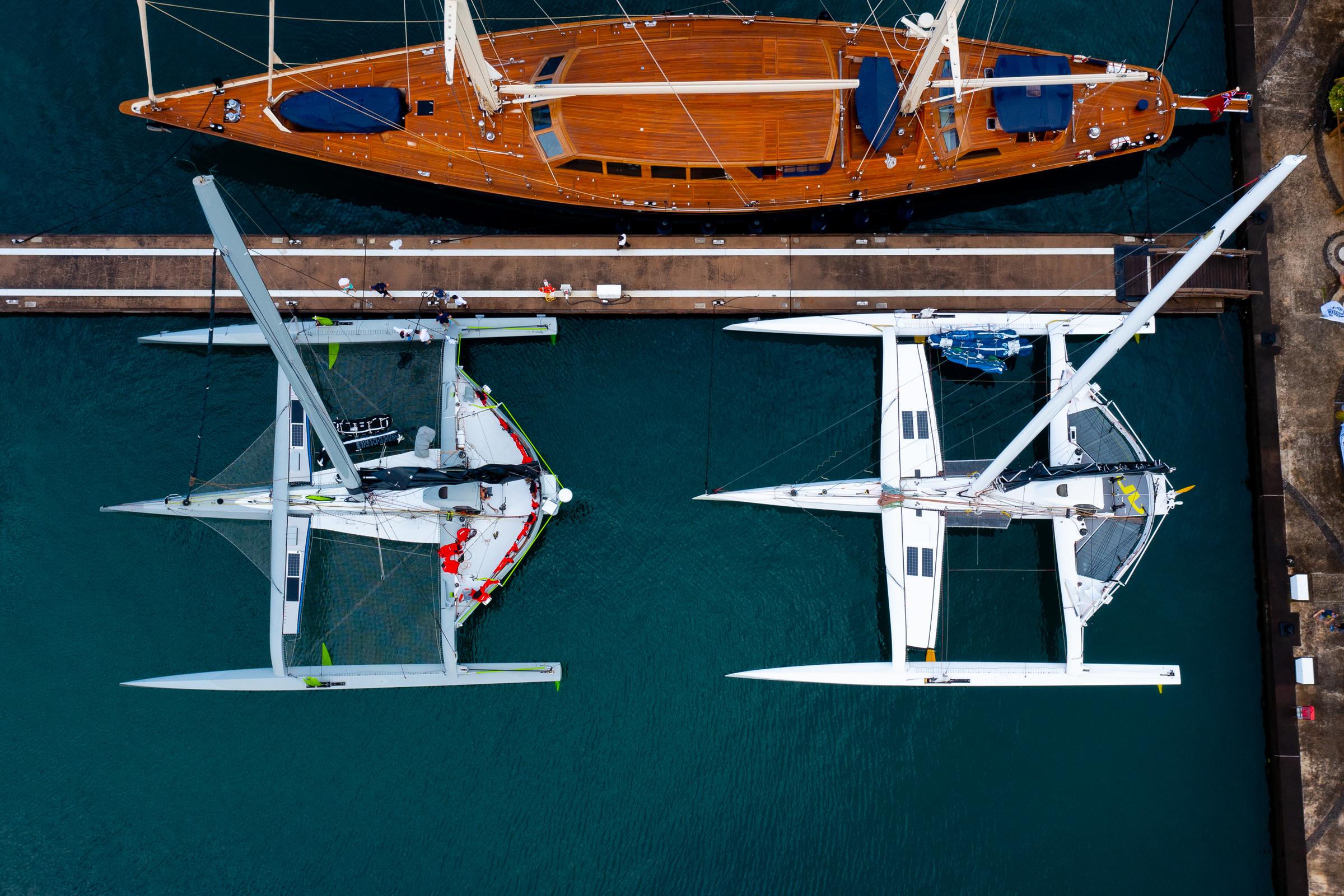 MOD70s Argo & Zoulou © Arthur Daniel/RORC
MOD70s Argo & Zoulou © Arthur Daniel/RORC
“Argo and Zoulou are already in Lanzarote,” says Thompson. “Marina Lanzarote has a travel lift and a huge hard standing area, so we can work on the boats. Also because the RORC Transatlantic Race is not a huge fleet, we get to meet all the crews before departure, you really feel part of the culture. Argo and Zoulou will be staying in Antigua for the RORC Caribbean 600, so it will be really cool to welcome all the RORC Transatlantic fleet after they finish.”
The Atlantic Gain Plan
Thompson is quick to point out that Antigua’s latitude brings new variables. “The course is about 120 miles shorter, but the finish is 300 miles further north,” he explains. “That puts us closer to the winter weather systems coming off the U.S. coast. Occasionally, those cold fronts can reach Antigua and knock the trades about. So while Grenada always guaranteed a solid breeze to the finish, Antigua could be trickier; you might find yourself running into lighter air at the end.”
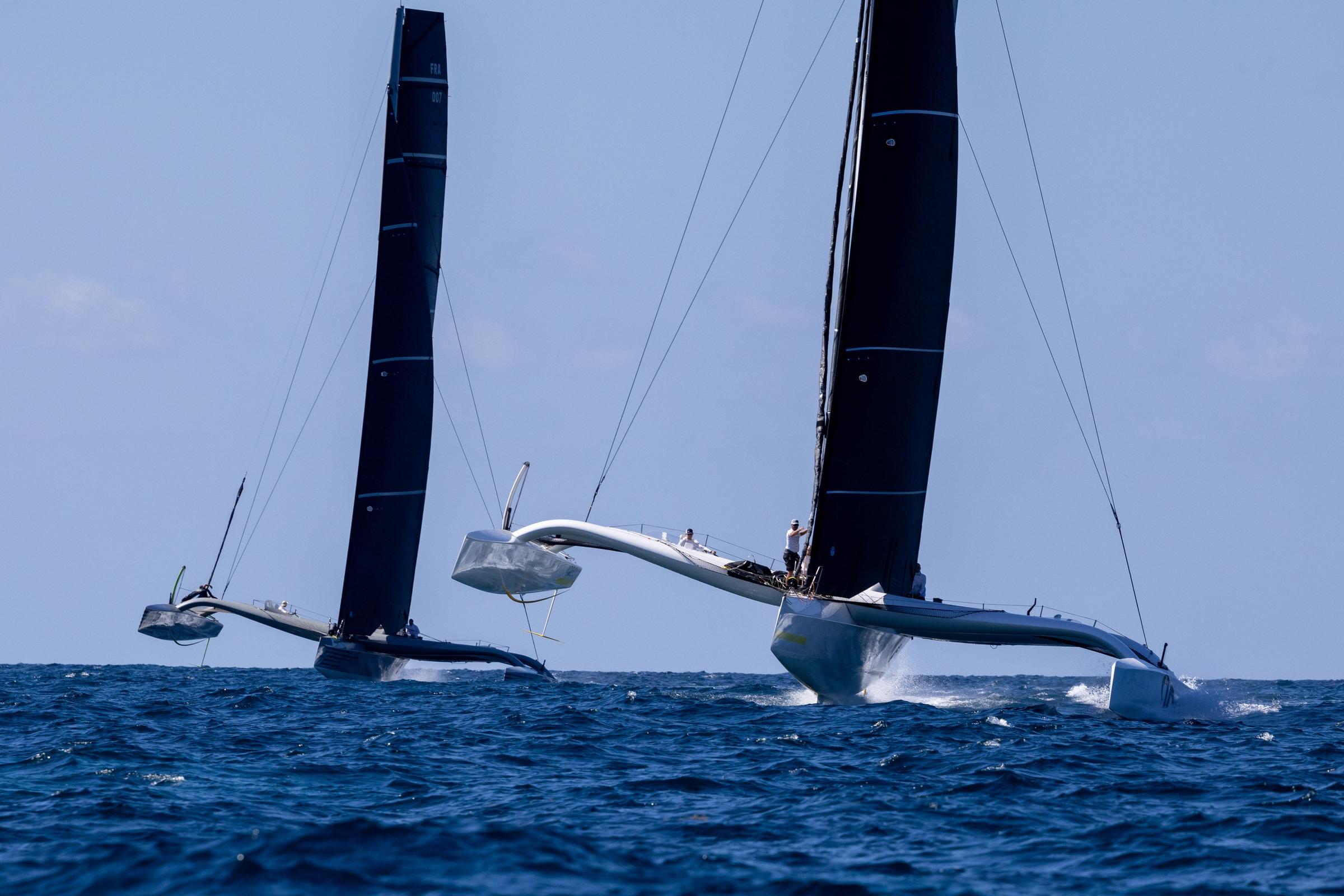 MOD70s Argo & Zoulou © Tim Wright/RORC
MOD70s Argo & Zoulou © Tim Wright/RORC
Both sailors agree that the key to success lies in reading the signs for the first 36 hours out of Lanzarote. “Those opening miles set the tone,” says Thompson. “Once you’re clear of the Canaries, you commit to your route, north or south and from there it’s all about staying in phase with the pressure systems. We always hope for a pure VMG downwind race; that’s when these boats come alive.”
Having a specialist navigator like Miles Seddon could be a decisive advantage for Zoulou in this year’s RORC Transatlantic Race. Ned Collier Wakefield explained: “Miles is not only an expert meteorologist but also deeply experienced in ocean routing and MOD70 performance. His analytical mindset and ‘numbers head’ will allow the team to make smarter, faster tactical calls, particularly during the crucial opening stages of the race. With Miles handling navigation, I can focus on crew coordination and tactical execution. Miles will keep us honest and fast.”
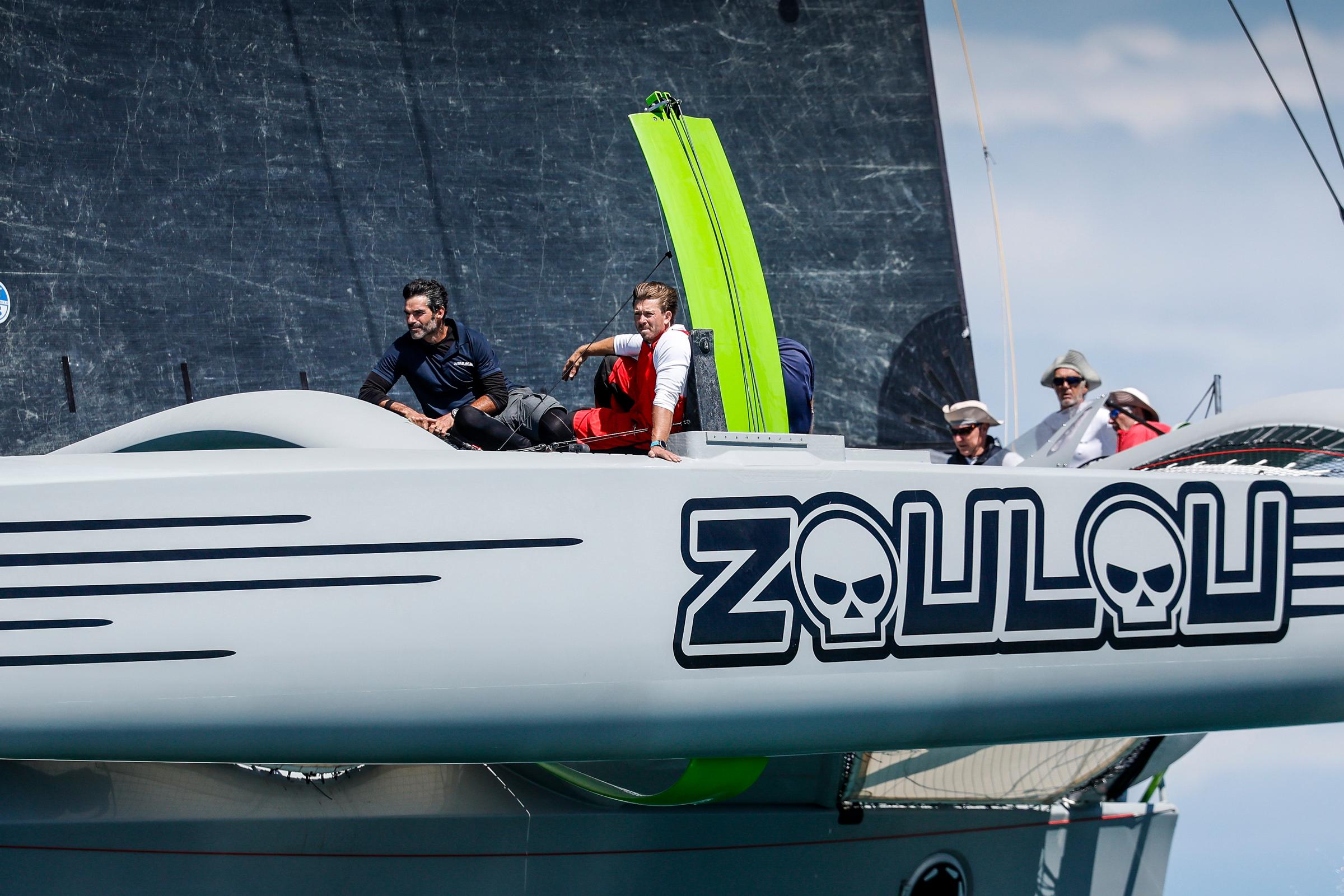 MOD70 Zoulou © Paul Wyeth/RORC
MOD70 Zoulou © Paul Wyeth/RORC
Two Boats, One Speed
If the race becomes a downwind sprint, the two MOD70s will likely shadow each other for most of the 3,000-mile crossing. Their designs are near-identical, and both now sport the latest generation of VPLP foils and rudders, which add stability and lift without compromising control. “They used to have a VMG edge downwind,” says Collier Wakefield, “but after two years refining our setup, we’ve closed that gap. We’ve learned a lot about rake, loading, and sail balance and it’s really paying off.”
1.jpg) MOD70 Argo © Arthur Daniel/RORC
MOD70 Argo © Arthur Daniel/RORC
Thompson agrees that the boats are now evenly matched. “The differences are tiny; foil angle, daggerboard depth, sail trim. But at this level, tiny is everything. It comes down to the team’s ability to keep the boat fast, hour after hour. On these machines, every knot counts.”
For racing sailors on any boat ‘keep it fast’ might sound familiar: the endless pursuit of small gains. “When two MOD70s are that close,” says Thompson, “it’s just like any offshore race, the margins come from consistency. Sail trim, navigation, driving. There’s no magic bullet, just a thousand small decisions made correctly.”
.jpg) Brian Thompson © RORC
Brian Thompson © RORC
The Human Element
For all their engineering brilliance, MOD70s are brutally physical to sail. The motion, the noise, the heat, even sleep becomes a challenge. “You’re literally being thrown around your bunk,” says Collier Wakefield. “After five days, your elbows are grazed, your back’s stiff, and your skin’s raw from sliding around. The boats would take the pounding forever, but the humans are the weak link.”
“The motion and noise on Argo are something else,” says Brian Thompson. “When you’re overtaking waves at 30 knots, it feels like a runaway train. You’re literally getting shaken around in your bunk, your insides rattling. The sound never stops: the deep thunder of water hammering the hulls like Niagara Falls and the high-pitched whine of the foils slicing through the sea. Some of the crew wear noise-cancelling headphones just to get a few minutes of rest. It’s not exactly blissful sleep, but that’s life on a MOD70; pure power, speed, and noise.”
Both teams will race with six crew, running three-on, three-off watch systems. “You might get an hour and a half’s proper rest in six hours,” Thompson explains. “You’re either driving, trimming, or grinding. And every manoeuvre brings everyone on deck. So even when you’re ‘off watch,’ you’re rarely off duty.”
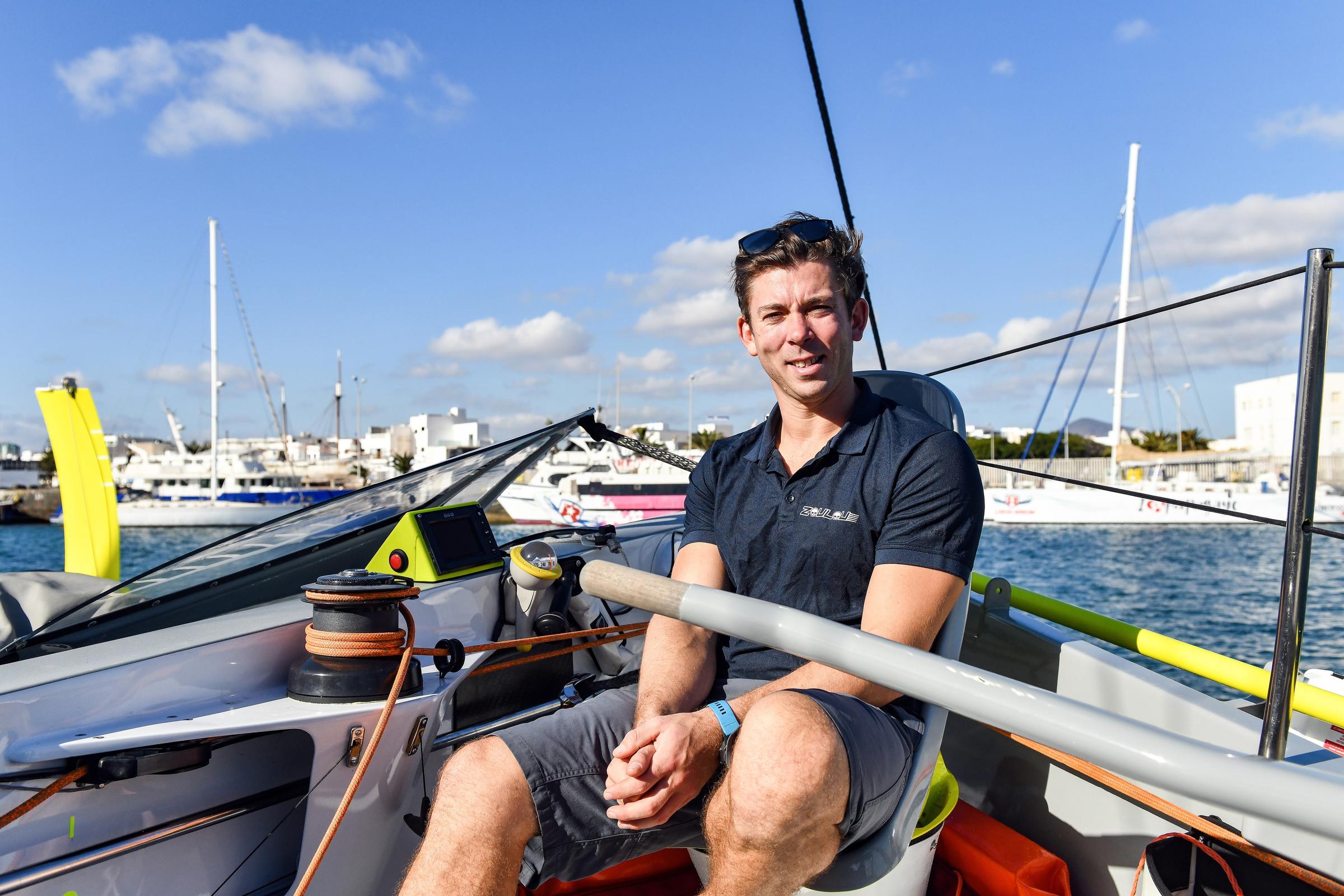 Ned Collier Wakefield © James Tomlinson/RORC
Ned Collier Wakefield © James Tomlinson/RORC
Concentration is key. “We limit driving stints to about an hour,” says Collier Wakefield. “After that, you just can’t stay sharp. The data doesn’t lie, we track 10 and 5 minute averages against polars, and you can see when someone starts to fade. That’s when the next driver takes over.”
Despite the exhaustion, both sailors talk about the experience with unmistakable joy. “They’re incredible machines,” says Thompson. “If you’d told me 20 years ago I’d be doing 30 knots across the Atlantic, I’d have bitten your arm off. Every time I step on board, I still feel that same excitement.”
.jpg) MOD70s Zoulou & Argo © Robert Hajduk/RORC
MOD70s Zoulou & Argo © Robert Hajduk/RORC
Racing the Weather
Ask either sailor where races are won and lost, and the conversation turns to squalls. “Those sudden bursts of rain and wind that can make or break a lead. You can use them or lose to them,” says Collier Wakefield. “The danger is getting stuck in the hole behind the rain. You’ve got to stay just ahead of the squall to ride the pressure. It’s easier for the boat behind to see what’s happening, so positioning is everything.”
Thompson describes squalls as both tactical and psychological tests. “They move at about the same speed as we do. You can’t rely on them the way a slower boat might. The trick is to avoid chaos, find the clear sky and stay in the stable pressure. The really fast boats can sometimes sail around the front of a squall, but it’s a fine line between brilliance and bad luck.”
---Arthur-Daniel---Web-135.jpg) MOD70 Zoulou © Arthur Daniel/RORC
MOD70 Zoulou © Arthur Daniel/RORC
Friendship and Rivalry
Despite the intensity of competition, there’s deep mutual respect between the Argo and Zoulou teams. “We’ve both been doing this a long time,” says Thompson. “Jason and Erik know each other well, and there’s a lot of shared history between the crews. Loïck Peyron, who’s on Zoulou, skippered me on Banque Populaire V for the Jules Verne record. Ned helped deliver Argo to Lanzarote. When we meet on the dock, there’s nothing but respect.”
Collier Wakefield echoes that sentiment: “There aren’t many of us sailing these boats. We push each other hard, but we also look out for each other. You know the other team’s gone through the same punishment you have. The beer tastes better at the end when you’ve both survived it.”
It’s that camaraderie that mix of rivalry, friendship, and sheer love of the sea, that embodies the spirit of the RORC Transatlantic Race.
 MOD70 Argo & Nielsen 59 Hound at the start of the 2024 RORC Caribbean 600 © Tim Wright/RORC
MOD70 Argo & Nielsen 59 Hound at the start of the 2024 RORC Caribbean 600 © Tim Wright/RORC
Lessons for Every Offshore Sailor
You don’t need a MOD70 to appreciate what these sailors are describing. The lessons are universal: preparation, precision, and respect for the sea. “Whether you’re sailing a 35-footer or a 70-foot trimaran, it’s the same game,” says Thompson. “Plan your race, trust your crew, and never stop learning.”
For Collier Wakefield, it comes down to joy. “These boats are fast, furious, and uncomfortable but there’s nothing like it. Every time we line up with Argo, I’m reminded why we do this. It’s not about the records or the trophies. It’s about racing hard, finishing close, and sharing a beer at the end. That’s offshore sailing.”
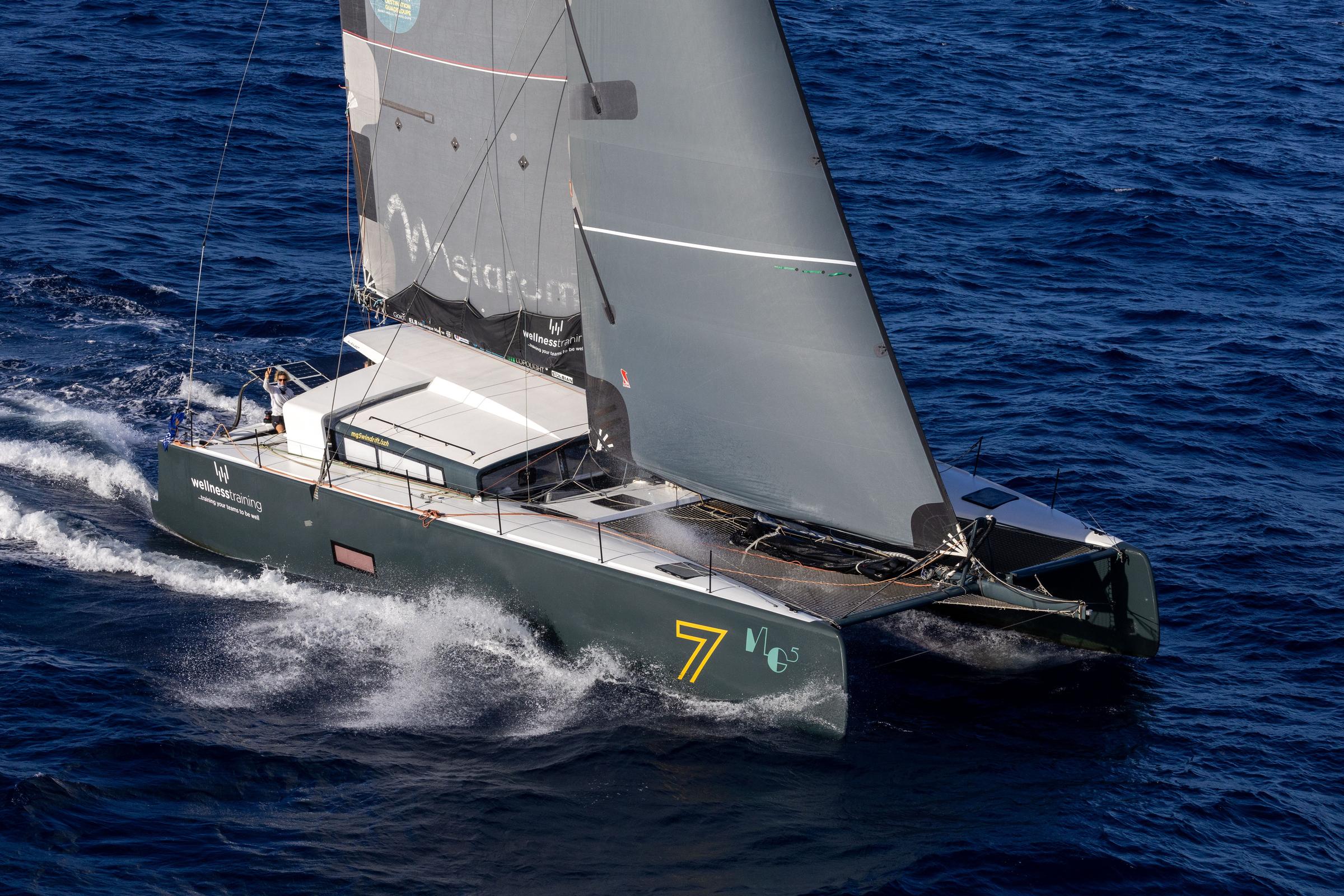 MG5 WellnessTraining © Tim Wright/RORC
MG5 WellnessTraining © Tim Wright/RORC
Multihulls Racing Under MOCRA
Argo and Zoulou will be gunning for Multihull Line Honours in the 2026 RORC Transatlantic Race. Joining the duo, racing under the MOCRA rating system, will be Marc Guillemot’s MG5 WellnessTraining. The 52ft (15.81m) catamaran took Multihull Line Honours in the 2025 RORC Caribbean 600 and was second after MOCRA time correction. Marc Guillemot has competed in two editions of the Vendée Globe. Placing third in 2008-09 and has won the Transat Jacques Vabre on two occasions.
The latest multihull entry in the RORC Transatlantic Race is Sterec Ultime, owned by Christophe Bogrand. The 50-foot trimaran, originally designed and built by Dick Newick in 1985 under the name Lucky Strike, will also serve as Bogrand’s platform for the 2026 Route du Rhum.
More multihulls are expected and encouraged to enter the 2026 RORC Transatlantic Race. Go to SailRaceH for online entry.

